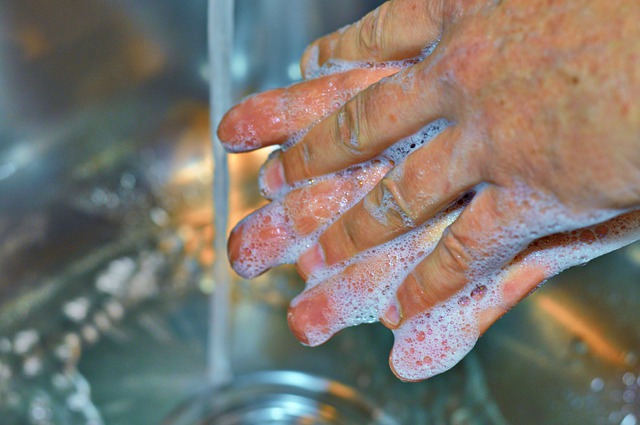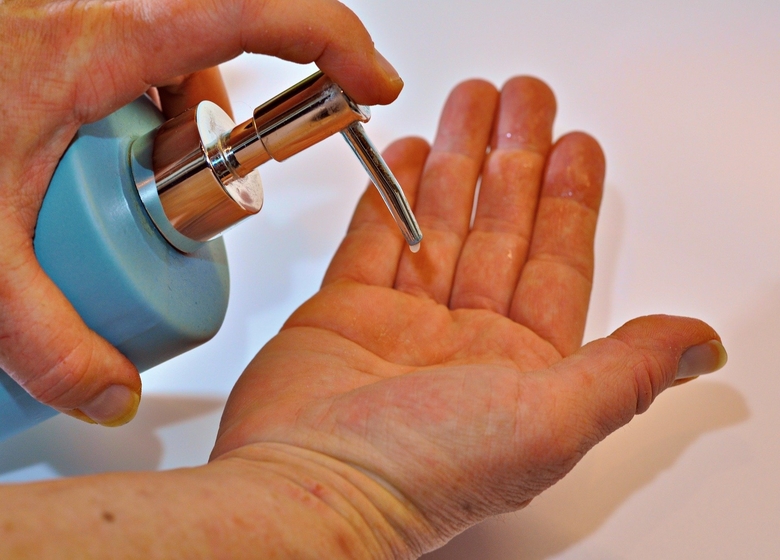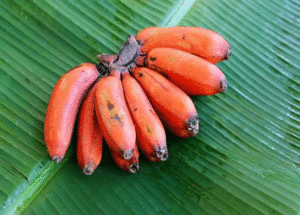There is nothing beats good old-fashioned hand washing when it comes to stopping the spread of infectious diseases such as COVID-19. However, if you do not have water or soap, the next best option is to use an alcohol-based hand sanitizer. If you do not have a stock of the bought hand sanitizer, you would probably find it difficult at the moment to find one in a shop or online. Owing to the novel coronavirus ‘ rapid spread, most retailers are unable to keep up with the demand for a hand sanitizer. All it takes is three ingredients to make homemade hand sanitizer. Please scroll down to know-how.
Ingredient For Homemade Hand Sanitizer
It is easy to make your own hand sanitizer and needs only a few ingredients:
- Isopropyl
- Aloe vera gel
- Essential oil, like tea tree oil or lavender oil, or you can use lemon juice instead
A 2:1 proportion of alcohol to aloe vera is necessary to make an efficient, germs-busting hand sanitizer. This keeps the amount of alcohol at around 60%. According to the CDC, this is the minimum required to destroy most germs.
How To Make Homemade Hand Sanitizer
The following hand sanitizer recipe will remove 99.9 percent of germs 60 seconds later.
What you need
- Isopropyl – 3/4 cups
- Aloe vera gel (to help to smooth the hands and resist alcohol hardness) – 1/4 Cup
- Essential oil – 10 drops
How to make
- In the bowl, fill all ingredients, preferably one with a spout like a glass measuring jar.
- Mix with a spoon, then beat with a whisk to make the sanitizer a gel.
- For easy application place the ingredients in an empty bottle and mark “hand sanitizer.”
Tips To Make Homemade Hand Sanitizer
- In a clean room, make a hand sanitizer. Initially clean off countertops with a diluted bleach solution.
- Before making the hand sanitizer, wash your hands thoroughly.
- Using a clean spoon with a whisk to blend. Thoroughly wash all things before using them.
- Make sure you don’t dilute the alcohol used for the hand sanitizer.
- Thoroughly combine all of the ingredients until well blended.
- Touch the mix with your hands only when it is ready to be used.
The World Health Organization (WHO) has a recipe for a larger batch of hand sanitizer, which uses:
- sterile distilled or boiled cold water
- hydrogen peroxide
- glycerol
- isopropyl alcohol or ethanol
How to use hand sanitizer
By using a hand sanitizer, two things to be mindful of are that you need to massage it onto your skin before your hands are dry. So if your hands are greasy or dirty you can first wash them with water and soap.
Keeping that in mind, here are some tips for successful use of the hand sanitizer.
- Spray the sanitizer or apply it to the palm of one hand.
- Place your palms vigorously together. Make sure you cover your hands and all your fingers all over the surface.
- Continue to rub for 30-seconds or until the hands are dry.
- For hand sanitizer it can take at least 60 seconds, and sometimes longer, to destroy most germs.

What kinds of germs will hand sanitizer kill?
According to a CDC, the amount of microbes on your hands can be easily decreased by a hand sanitizer with alcohol that meets the alcohol volume criteria. This may also help destroy a large variety of pathogens or agents that cause disease, including the new SARS-CoV-2 coronavirus.
Only the best hand sanitizers with alcohol have limits, however, and not every form of germ is removed.
The CDC reports that hand sanitizers won’t get rid of chemicals that are potentially harmful. It is also not effective at destroying the following germs:
- Cryptosporidium (which causes cryptosporidiosis)
- Clostridium difficile (also known as C. diff)
- Norovirus
Even, if the hands are clearly dirty or greasy a hand sanitizer can not work well. This can happen after feeding, doing yard work, gardening or playing a sport.
If your hands feel dirty or slimy, instead of using a hand sanitizer, opt for handwashing.
Hand Sanitizer Vs Hand Washing
Knowing when your hands are best to wash, and when hand sanitizers may be effective, is key to protecting yourself from the novel coronavirus as well as other diseases, such as common cold and seasonal influenza.
While both serve a reason, it should always be a priority to wash your hands with soap and water, the CDC says. Using hand sanitizer only if you don’t have soap and water in a given situation.
It is also necessary to wash your hands always:
- Since going to the bathroom
- After coughing, or sneezing
- Before eating
- After touching surfaces that may be contaminated
The CDC provides the most appropriate way to wash hands with detailed instructions. That is the recommendation:
- Always use water which is clean and running. (Warm or cold.)
- Wash your hands first, then turn off the tap, and lather your hands with soap.
- Rub your hands for at least 20 seconds along with the soap.
- Make sure your hands are scrubbed in between your finger and thumb and under your nails
- Turn on the tap, and wash your hands. Using dry towel clean, or air.

Image Source – BING
Hand sanitizer is a convenient, on-the-go way to help avoid bacteria spread when there is no soap and water. Hand sanitizers based on alcohol that help to keep you healthy and reduce the spread of the novel coronavirus.
If you have trouble locating a hand sanitizer in your local stores, you can take action to make your own. Just a few ingredients are required, such as rubbing alcohol, aloe vera gel and an essential oil or lemon juice.
While hand sanitizers can be an efficient way to get rid of germs, health officials also recommend hand washing to keep your hands clean of disease-causing viruses and other germs whenever possible.
Also Read: Know The Myths About Coronavirus Debunked













